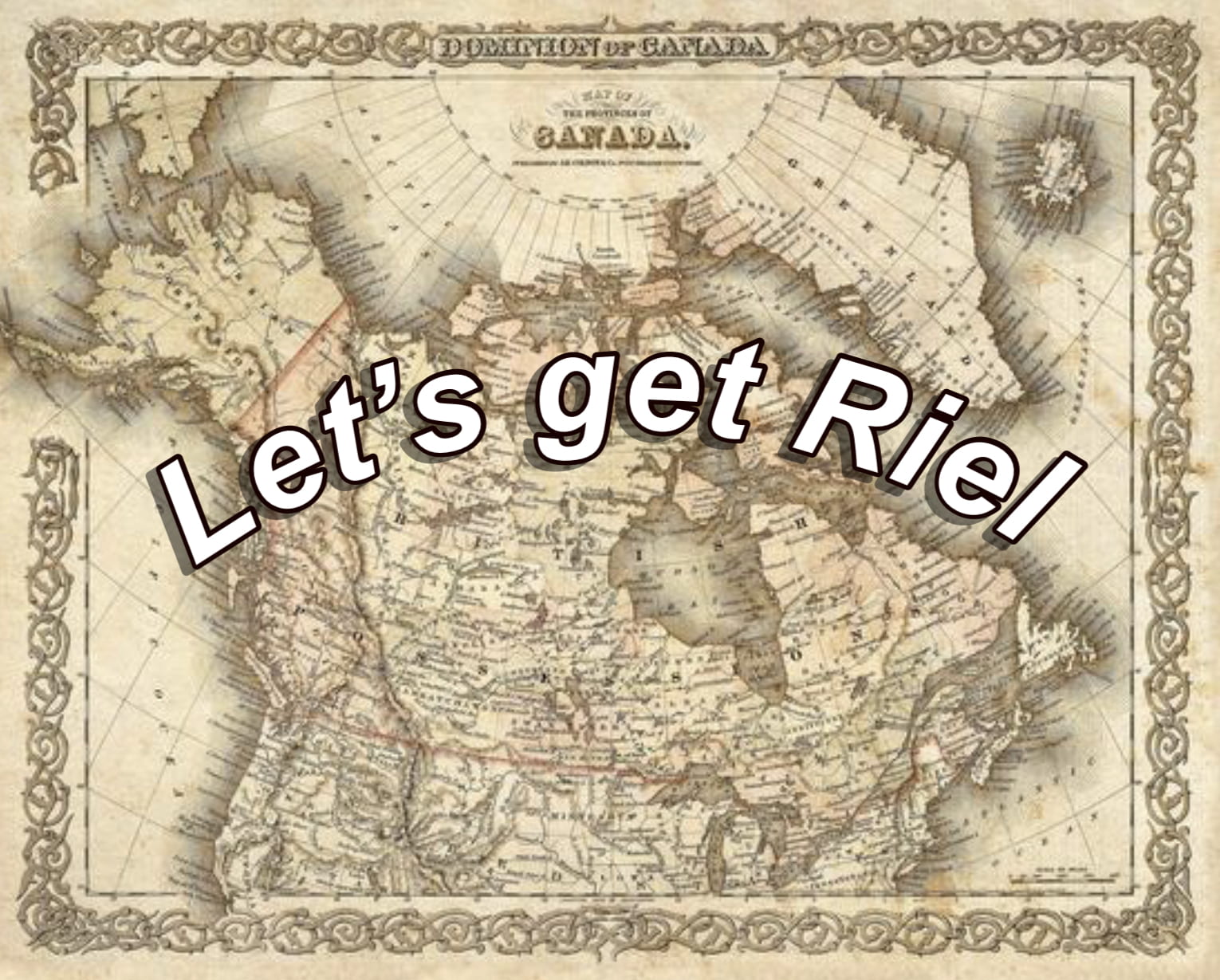Hi blog, today I am talking about “Lets get Riel”, a project about ethical dimensions and the past. I did just say this was about the past, but I started off with looking at the present. History effects how we understand the present so it’s important to think about both. I looked at current events and weather they were fair or unjust, which set the overall theme for the rest of this humanities project. I’ve learned that ethical dimensions is all about power, responsibility and like I said, what’s fair or unjust. People still question the ethical dimensions of an important part of Canadian history today, the death of Louis Riel. The story of Louis Riel can be found in the comic strip biography by Chester Brown.
As a novel study, I read this biography. It was a source that I could connect to the lesson of ethical dimensions. Speaking of connect, this is the second competency of the project. By reading the comic book, I was able to connect my ideas from the book to my work in the final product I was creating. The final product was a series of drawn and written visual artifacts. These were pictures that told a story, much like the comic book told the story of Louis Riel with drawn images.
So what is the story that the images I created tell? My partner Liam and I were assigned to research the Continuous Pasage Act, an event that had to do with immigration laws in 1908. First I learned about this topic, then I looked at the ethical dimensions of it.
Once the research I did was complete I went on to creating the images. I used symbols and text over images to tell the story of the continuous passage act. For example I drew the flags of countries involved in this event over an image of another important location in the story. Since the images would later be posted to a class instagram account, I wrote a caption going into more detail about the story by using the research I previously did. Finally I directed my focus back to the book in a book response wher I used my understanding of ethical dimensions of the past. I asked weather or not Riel was a hero and if he was successful. Who was Louis Riel?
The project ended with a debate, where I brought my knowledge from the Riel story and the continuous passage act together to decide the ethical dimensions of Louis Riel’s death. I had learned from this project how I can be a historian myself. Ethical dimensions are an important part of learning history and can be applied to the past to understand it. It is so important to be able to do this because the past helps us understand events and ethical problems today.
Thanks for reading,
Asha









